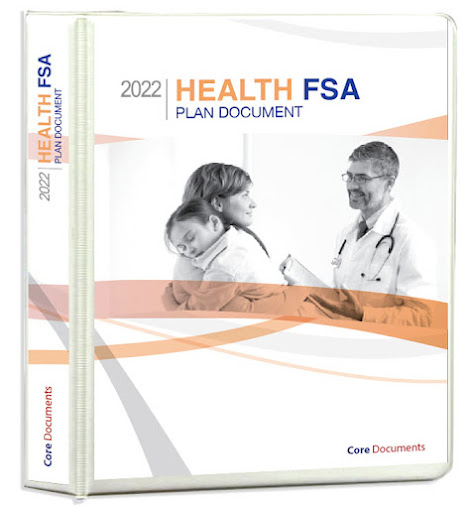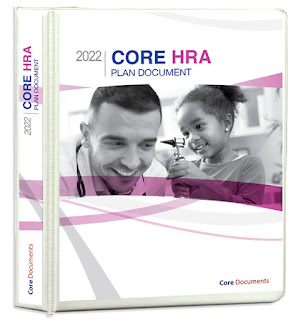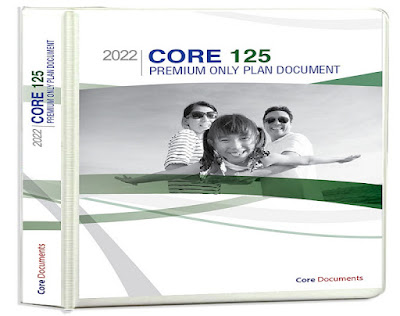Unraveling the Benefits: A Deep Dive into Health FSA and Dependent Care Assistance Plan Documents
Introduction
Employee benefits play a
crucial role in enhancing the overall well-being of individuals and families.
Among the array of benefits offered by employers, Health Flexible Spending
Account (FSA) plans and Dependent Care Assistance Plan (DCAP) FSAs stand out as
valuable tools for managing healthcare and dependent care expenses. In this
blog post, we will delve into the details of these two types of FSA plans,
specifically focusing on the importance of plan documents.
Understanding Health FSA
Plan Documents
A Health FSA is a
tax-advantaged benefit that allows employees to set aside a portion of their
pre-tax salary to cover qualified medical expenses. These expenses can include
deductibles, copayments, and other healthcare-related costs that are not
covered by insurance. To participate in a Health FSA, employees must adhere to
the guidelines outlined in the plan document.
The Health FSA plan document
is a comprehensive guide that outlines the rules, eligibility criteria,
contribution limits, and qualified expenses associated with the plan. It is
crucial for employees to carefully review and understand this document to make
the most of their FSA benefits. Employers, in turn, are responsible for
providing clear and accessible plan documents to their employees.
Key Elements of a Health
FSA Plan Document:
Eligibility Criteria: The
document should clearly define who is eligible to participate in the Health
FSA. Typically, eligible employees are those who work a minimum number of hours
and are not covered by another employer's health plan.
Contribution Limits: The Health
FSA plan document will specify the maximum amount employees can contribute to
their Health FSA each year. It is important for employees to be aware of these
limits to maximize their tax savings.
Qualified Expenses: A
detailed list of eligible medical expenses that can be reimbursed through the
Health FSA is provided in the plan document. This may include medical, dental,
and vision expenses.
Claims and Reimbursement
Process: The document should outline the process for submitting claims and
obtaining reimbursements. This could involve submitting receipts or using a
debit card provided by the FSA administrator.
Dependent Care Assistance
Plan (DCAP) FSA
In addition to Health
FSAs, employers may offer Dependent Care
Assistance Plan FSA Plan to help employees cover qualified dependent
care expenses, such as childcare or adult daycare services. Like Health FSAs,
DCAP FSAs come with their own set of rules and regulations outlined in the plan
document.
Key Elements of a DCAP
FSA Plan Document:
Eligible Dependent Care
Expenses: The plan document will define the types of dependent care expenses
that are eligible for reimbursement. This often includes expenses related to
the care of children under a certain age and disabled dependents.
Contribution Limits:
Similar to Health FSAs, DCAP FSAs have annual contribution limits. Employees
should be aware of these limits to make informed decisions about their
contributions.
 |
| Dependent Care Assistance Plan FSA Plan |
Dependent Eligibility:
The plan document will specify which dependents qualify for coverage under the
DCAP FSA. This typically includes dependent children and, in some cases,
disabled spouses or other dependents.
Reimbursement Process:
Employees should understand how to submit claims for reimbursement and the
documentation required to support these claims.
Conclusion
Health FSAs and DCAP FSAs
can be powerful tools for employees to manage healthcare and dependent care
expenses while enjoying tax advantages. However, to make the most of these
benefits, employees must familiarize themselves with the plan documents provided
by their employers. Employers, in turn, play a crucial role in ensuring that
these documents are clear, accessible, and provide the necessary information
for employees to navigate and maximize their FSA benefits.
By understanding the
details outlined in the plan documents, employees can confidently participate
in these FSA programs, enjoy tax savings, and better manage their healthcare
and dependent care expenses. It is advisable for employees to consult with their
HR departments or benefits administrators if they have any questions or need
clarification on specific aspects of the plan documents. In doing so, both
employers and employees can work together to create a healthier and more
supportive work environment.




Comments
Post a Comment